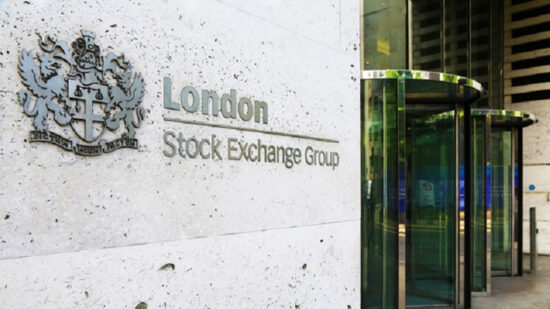With Consumer Duty at the forefront of advisers’ minds, demonstrating whole-of-market research has become of paramount importance.
However, many advisers underestimate the size of the tax-efficient market, and some tend to recommend the same one or two fund managers that they have a good relationship with and supplement the client file with a third-party due diligence report on those funds.
This approach can leave their advice, and their firm, exposed, writes Alan Sheehan, co-director of investment research firm Micap.
At the time of writing, we have 31 unlisted business relief (BR) services, 39 AIM BR services, 60 Enterprise Investment Scheme (EIS) funds and 35 venture capital trusts (VCTs) listed on the Micap platform – which can make getting your arms around the sector feel somewhat daunting.
So, where do you start?
The manager
In mainstream markets, fund managers typically buy listed securities issued by companies that they have no ongoing involvement with – a fund investing in US securities may have investments in Apple, Alphabet, Meta, Amazon and Microsoft, but the fund manager is unlikely to be attending their board meetings or introducing these companies to relevant people in their network.
This means that if the fund manager went bust, these securities could be readily sold for market value with relatively little client detriment. However, in the tax-efficient market, the reverse is true.
EIS and VCT managers will often play a key role in the development of their investee companies, and it is their value-add past the point of investment that can make the difference between a successful and unsuccessful manager, and when they are out competing with other fund managers for deal flow, a track record of guiding past investee companies towards big exit events can help them win the best quality companies.
In the unlisted BR space, the role of the fund manager can be even more critical, as they are typically the firm responsible for directly managing the portfolio of assets that investors are buying into. If a tax-efficient manager goes bust, the impact can be more profound.
This is why we always start our research with the fund manager. The manager score on our platform combines 22 separate data points, and the main items are centred on the financial health of the fund manager, the size of its investment team and board, and its assets under management.
These can be handy data points to help you reduce the universe down to a more manageable shortlist. However, be mindful that bigger is not always better, and there are some excellent smaller fund managers out there. If your research leads you to recommend one of these smaller fund managers, the additional risks should be made clear to the client and, where possible, mitigated through diversification.
Some additional items to consider are:
- Who is responsible for making the investment decisions, what is their record and how long have they been in their current role?
- Have there been any significant leavers or joiners from the investment team in the last three years?
- Is there an investment committee ratifying investment decisions, and does it have any independent members?
- How easy is it to apply and report on their investments, and are there any integrations with adviser back-office systems?
Researching the investments
Once you have researched the managers, you can then start researching the investments:
EIS
- Realised and unrealised return on investment of the fund manager’s investments since inception;
- Number of profitable exits made;
- Level of fees charged to investors and to investee companies;
- The stage of company being targeted; and
- Whether the fund manager will take a board seat with investee companies.
VCT
- The five-year NAV Total Return of the VCT compared to other generalist or Aim VCTs that typically raise funds each tax year;
- The number of companies in the VCT;
- The concentration of holdings; and
- The annual running costs of the VCT and any cap on these.
Unlisted business relief
- The annualised return since inception of the BR service, based on the share price of the investee company(ies) – and how this compares to the target return;
- The maximum drawdown of the share price;
- The number of assets invested in by the service;
- The concentration of assets;
- The sectors that the service is invested in; and
- How the fund manager values the shares of investee companies, particularly with any energy-generating assets.
Aim business relief
- The annualised return since inception of the Aim BR service, and how this has been calculated, compared to the other Aim BR services in the market;
- The number of companies that investors will be allocated across;
- The market cap of companies that investors will be allocated into; and
- The level of fees charged to investors including dealing fees – and what the expected annual dealing costs will be on a small portfolio.
The items above are not exhaustive, but being able to evidence that you have considered them will help protect your firm if things go wrong.
This article was written for International Adviser by Alan Sheehan, co-director of investment research firm Micap.








